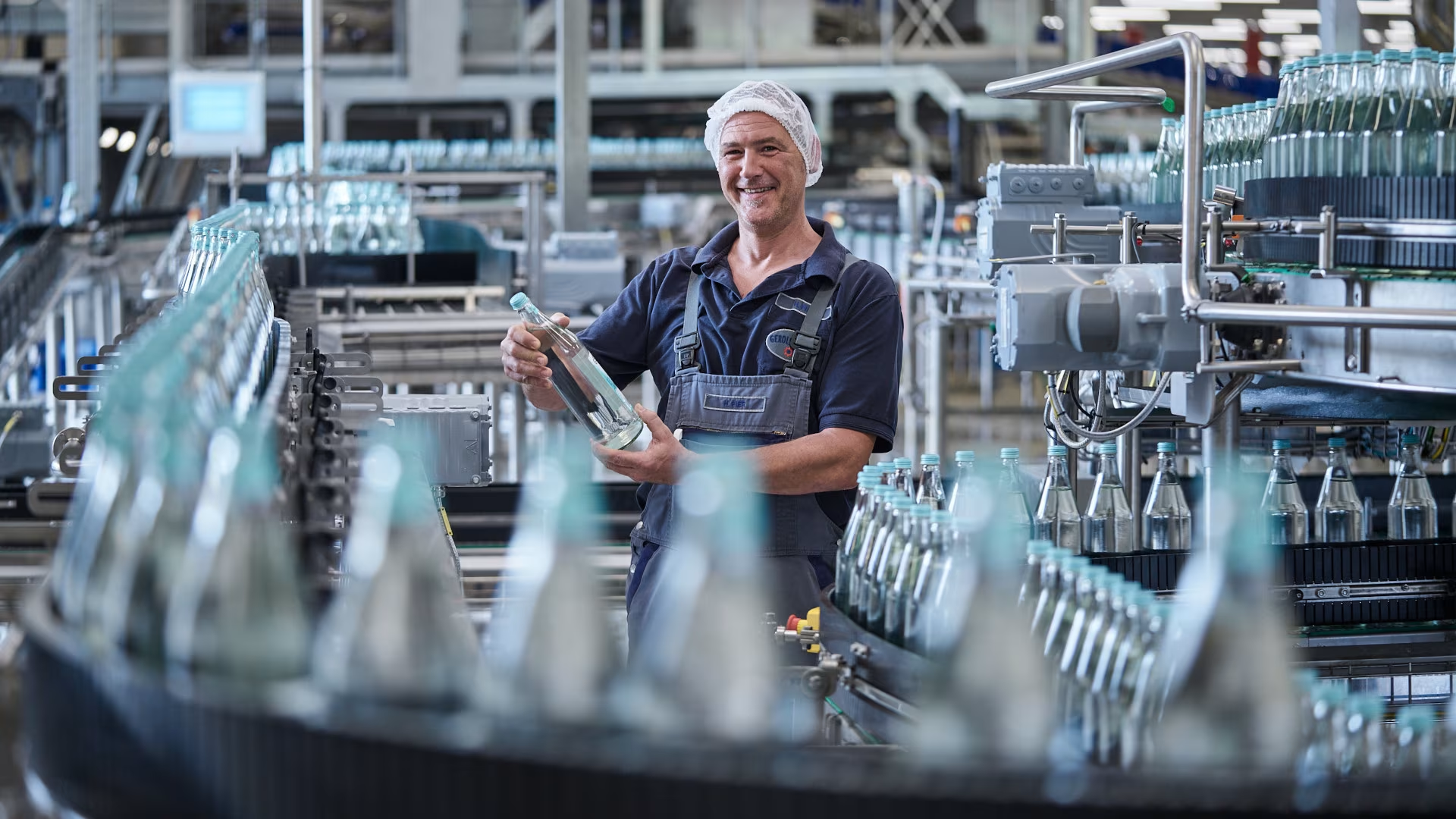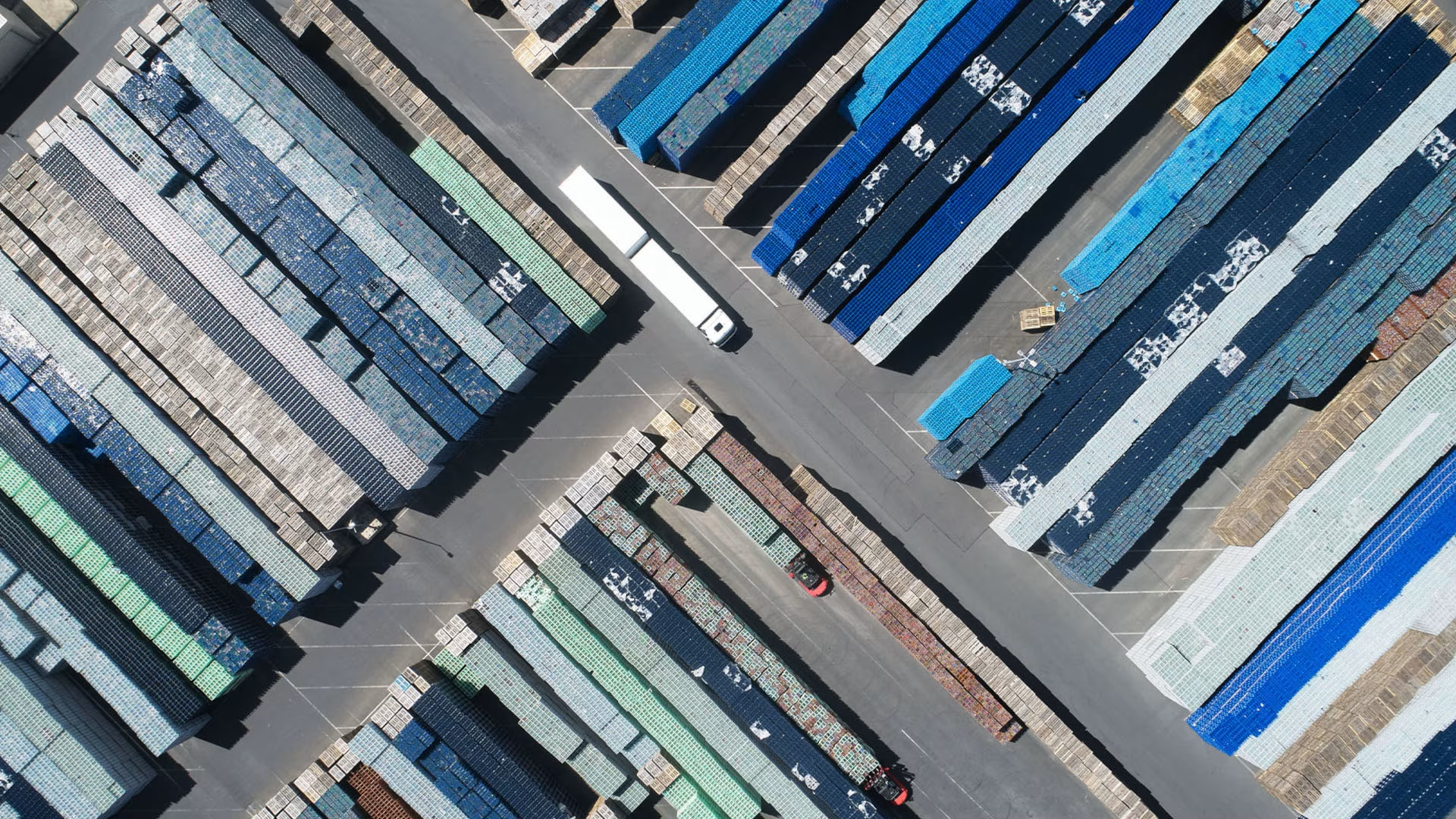
Good-to-knows about mineral water
No two waters taste the same
Whether it’s the level of mineralization, its taste or purity – the quality of mineral water is determined by the geological makeup of the region from where it is sourced. How does the mineral water get from its source to the bottle? How do waters differ, for example, how is mineral water different from tap water? You will find all the answers to these and many other questions in this section.
Find out more about the mineralization of Gerolsteiner and other mineral waters by visiting our Mineral Calculator.
water knowledge
Minerals in mineral water
Find out what makes natural mineral water so special and where it comes from.
find out more about minerals
water knowledge
water lexicon
Find out how mineral water differs from other types of water, how it is bottled, certified and how its beneficial for your health.
learn more
water knowledge
FAQs – everything about mineral water
Find answers to frequently asked questions and learn how our mineral water is different from many others!
all answers around our mineral water